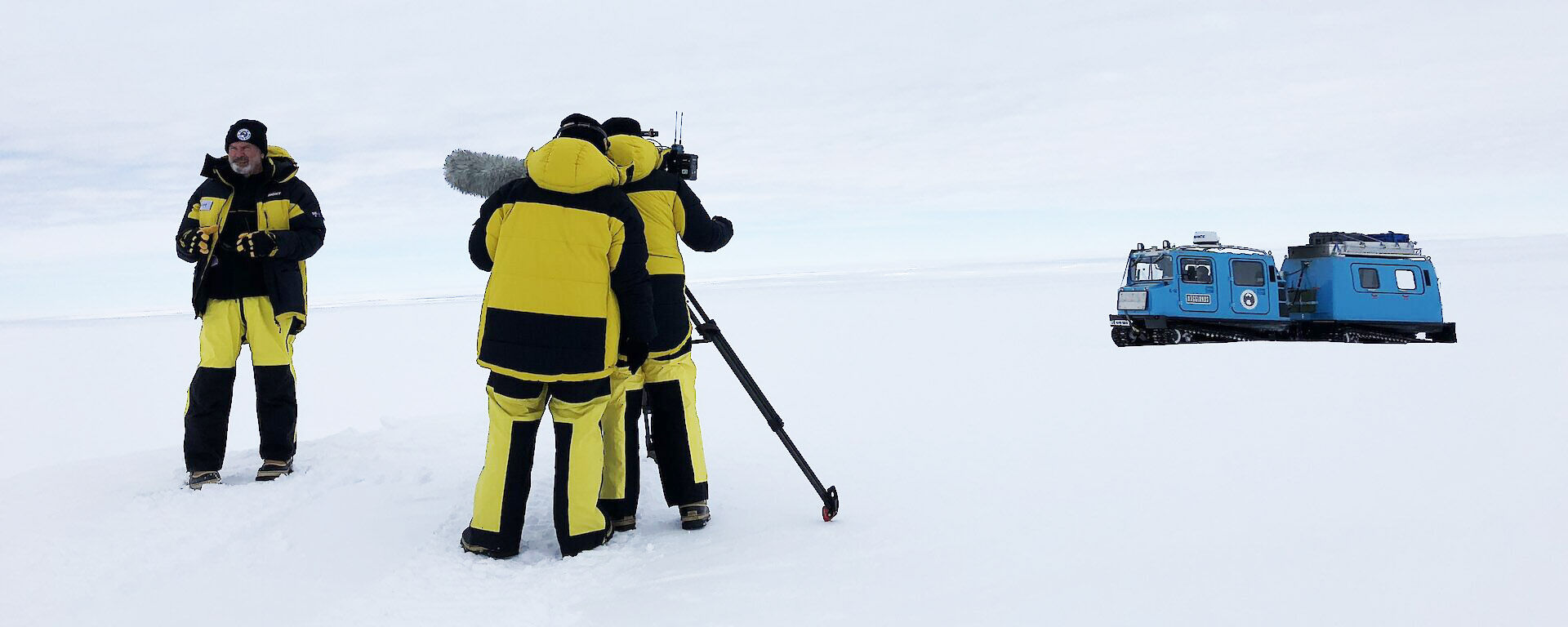Antarctic video gallery
Hugh Broughton Architects
Antarctic ice cores returned to Australia
New ways to monitor biodiversity
Scientists prepare for Denman Marine Voyage
Drilling for ancient ice
Set-up team prepares Edgeworth David for DTC scientists
Monitoring for avian influenza in East Antarctica
2024–25 Antarctic season begins
Video from NASA Ozone Watch, showing formation of the ozone hole over Antarctica between July and September 2023.
on


